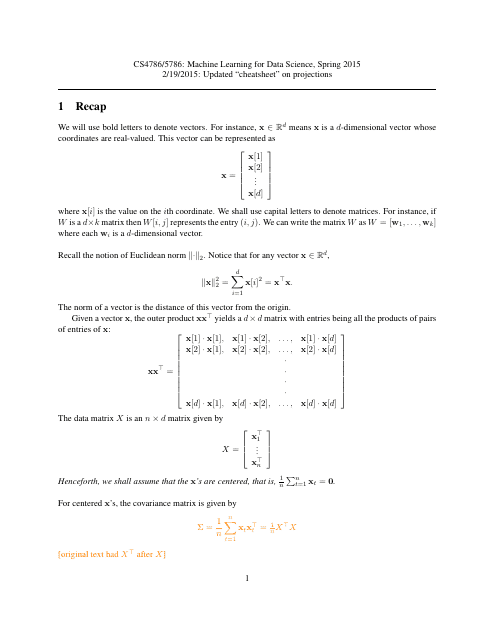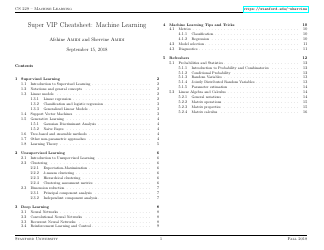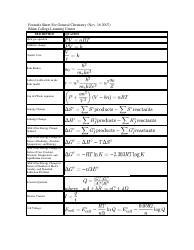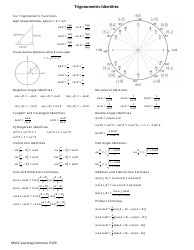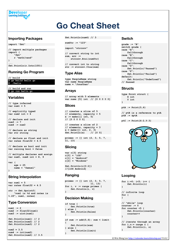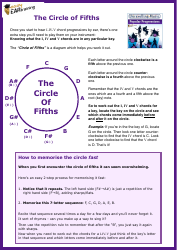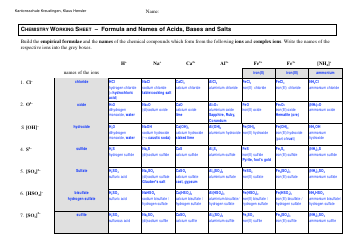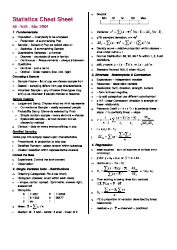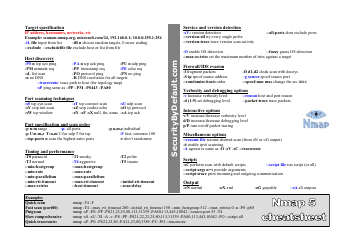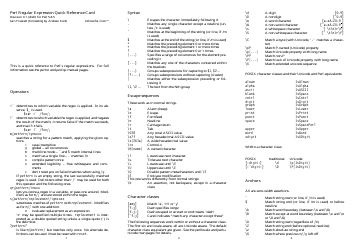Machine Learning Cheat Sheet - Projections
The Machine Learning Cheat Sheet - Projections is a resource that provides a summary of different types of projections used in machine learning. It helps users understand how these projections can be utilized to solve various data problems.
FAQ
Q: What is a projection in machine learning?
A: A projection in machine learning refers to mapping high-dimensional data points onto a lower-dimensional space.
Q: What is the purpose of using projections in machine learning?
A: Projections are used to simplify complex data and reduce its dimensionality, making it easier to analyze and process.
Q: What are the different types of projections commonly used in machine learning?
A: Common types of projections in machine learning include Principal Component Analysis (PCA) and t-SNE (t-Distributed Stochastic Neighbor Embedding).
Q: How does Principal Component Analysis (PCA) work?
A: PCA is a statistical technique that identifies the directions (principal components) in which the data varies the most and projects the data onto these components.
Q: What is t-SNE (t-Distributed Stochastic Neighbor Embedding)?
A: t-SNE is a non-linear dimensionality reduction technique that preserves the local and global structure of the data in a lower-dimensional space.
Q: What are some applications of projections in machine learning?
A: Projections are used in various applications including data visualization, image recognition, text mining, and clustering analysis.
Q: Are projections reversible?
A: No, projections are usually irreversible and involve loss of some information due to the dimensionality reduction process.
Q: Are projections always accurate representations of the original data?
A: Projections aim to capture the essential information in the data, but they may not always fully represent the original data due to dimensionality reduction.
Q: When should I use projections in machine learning?
A: Projections are commonly used when dealing with high-dimensional data and need to simplify and visualize it for better analysis.
